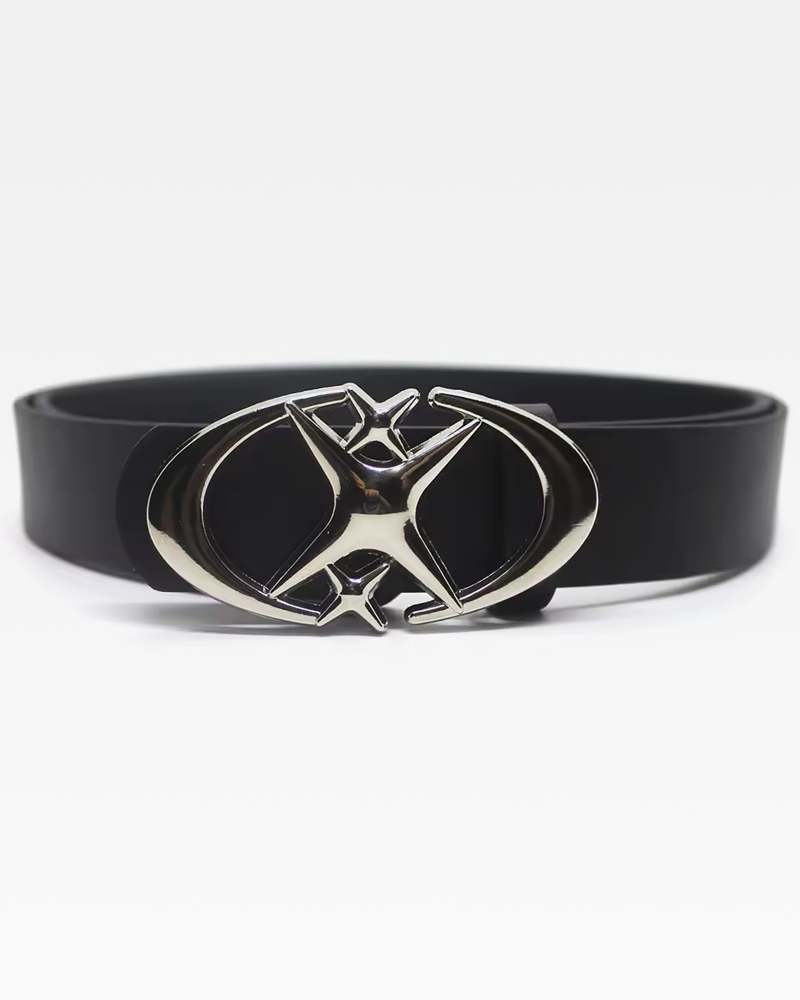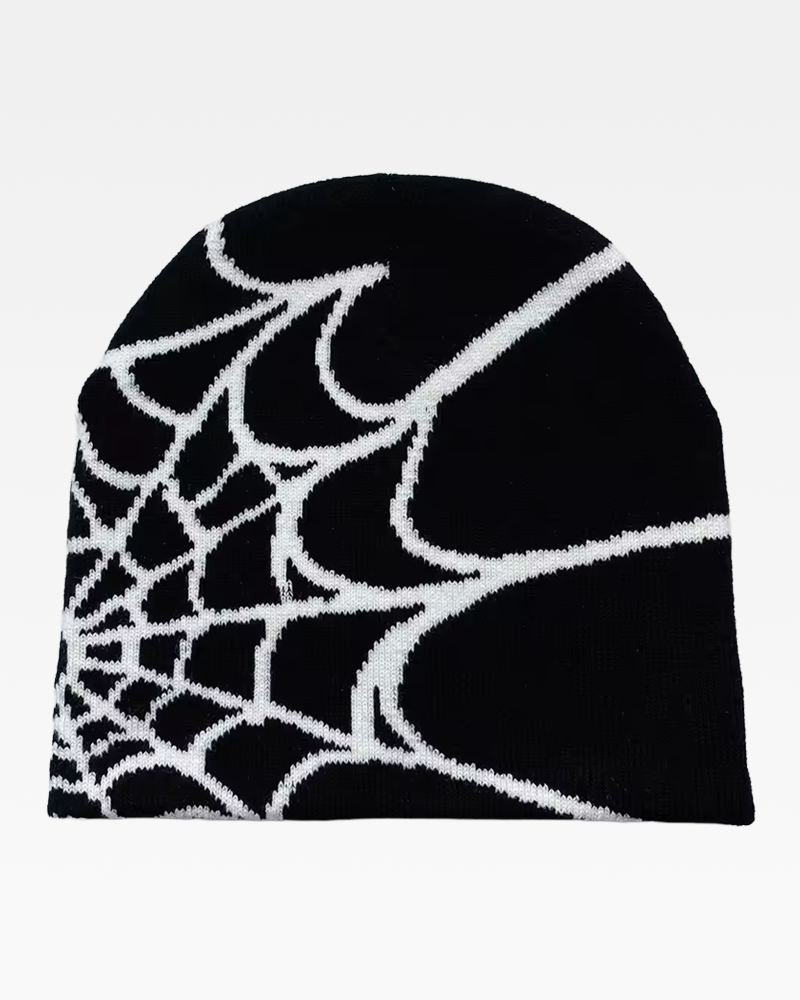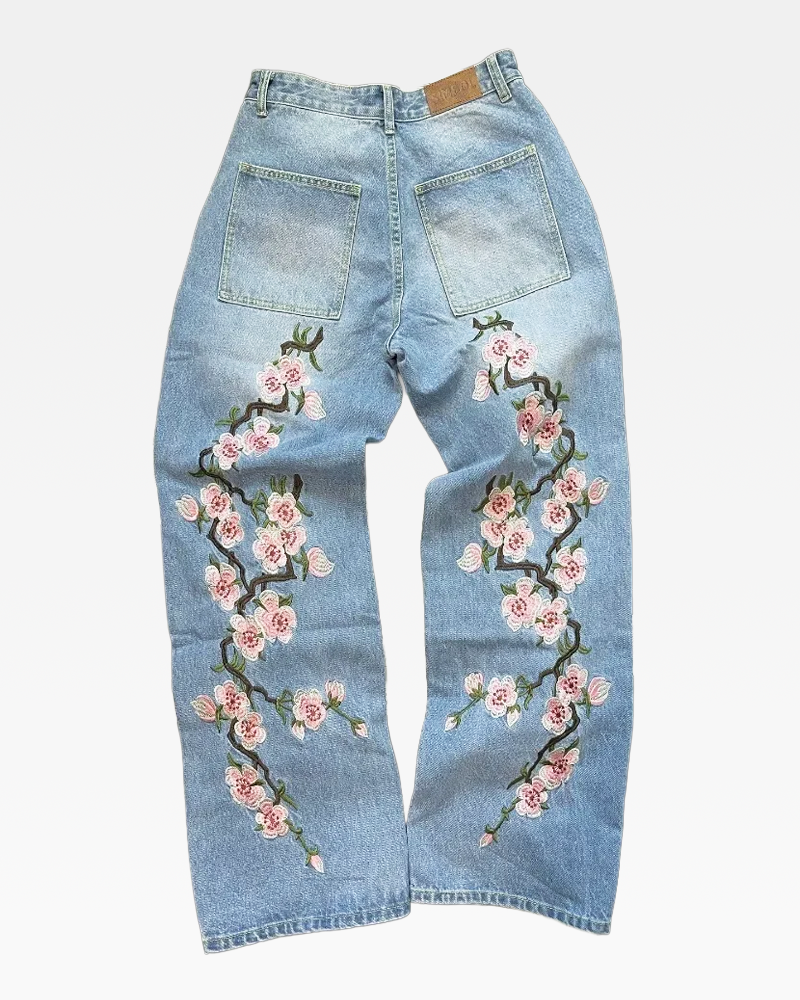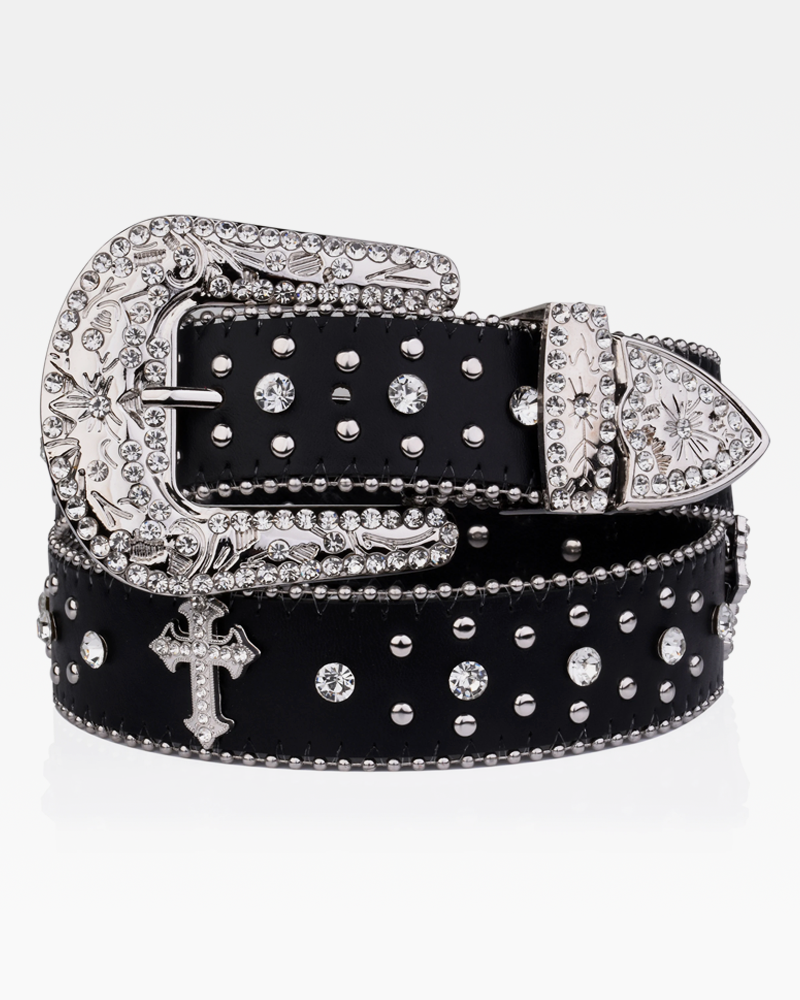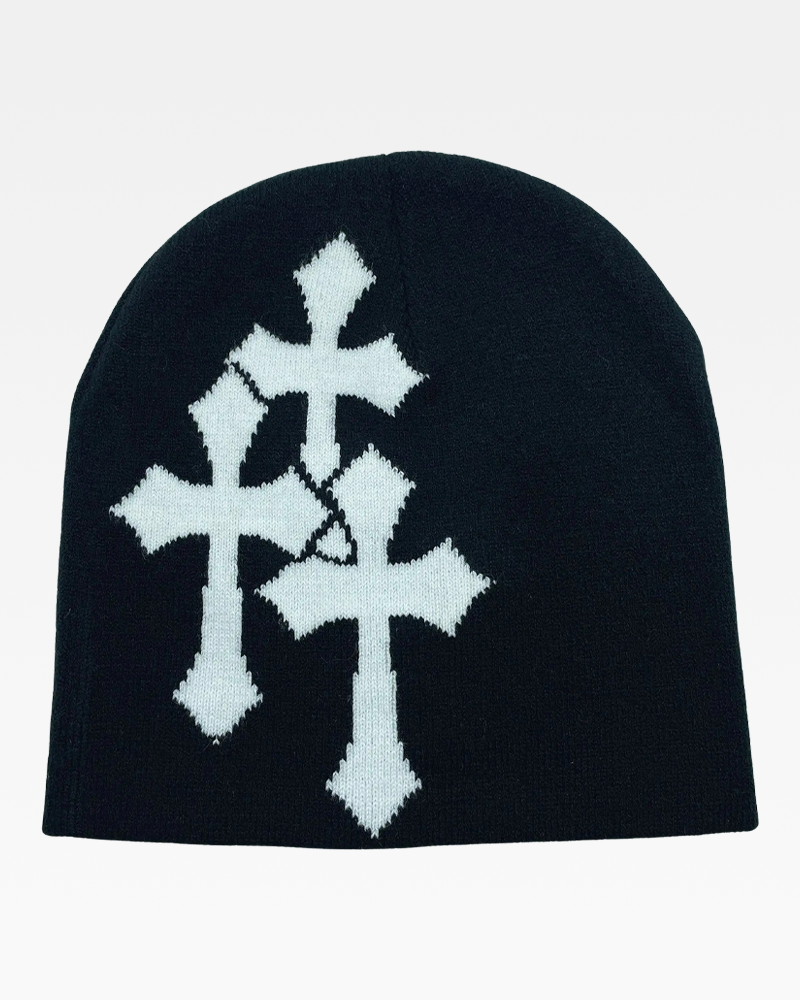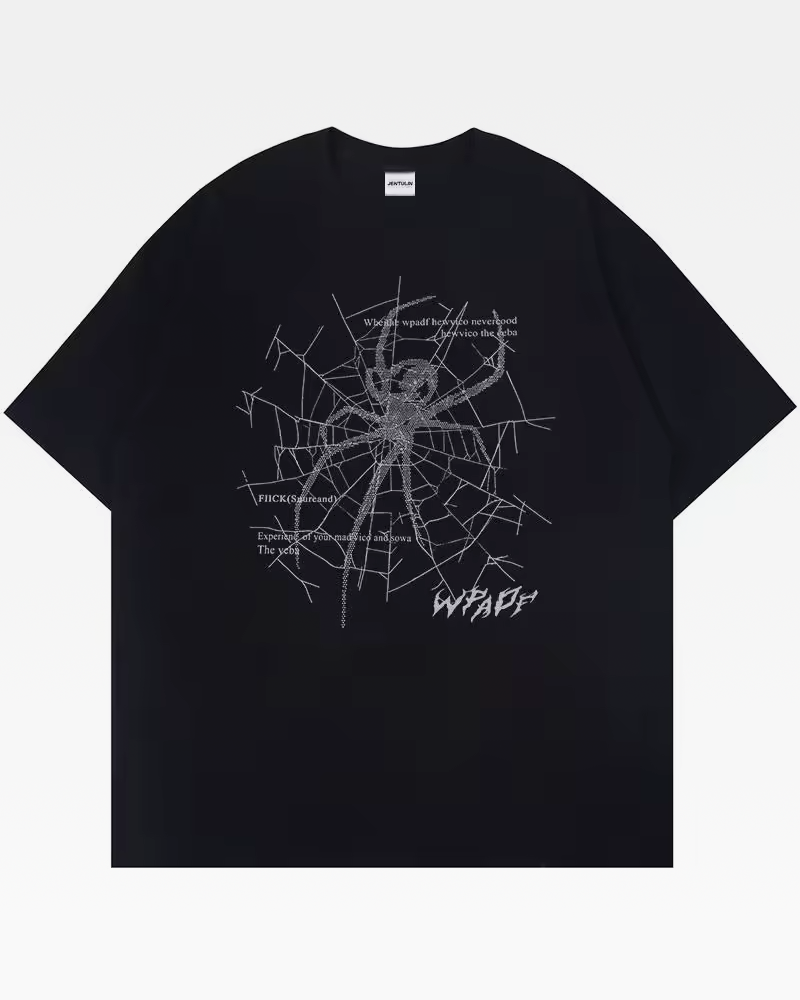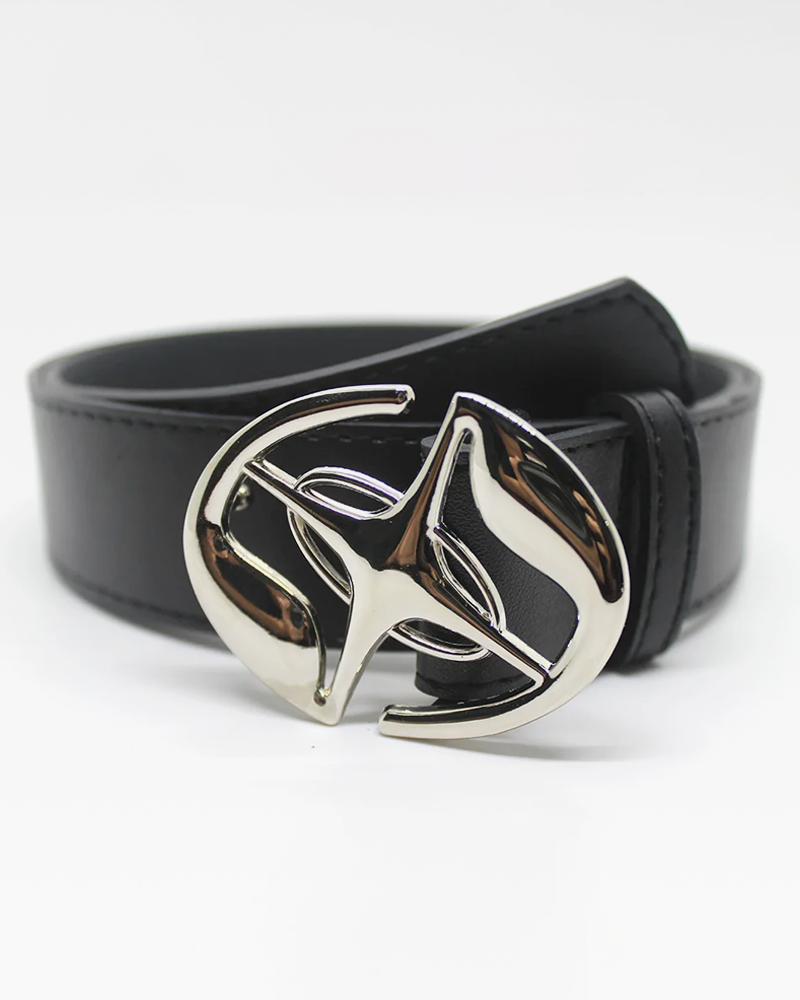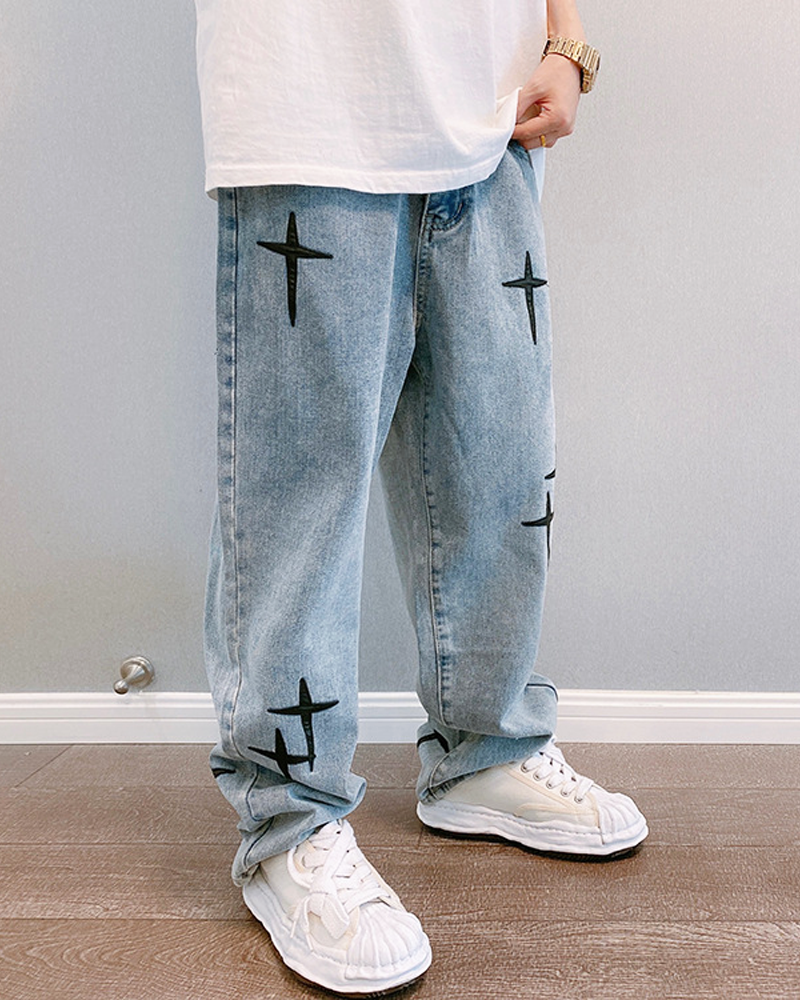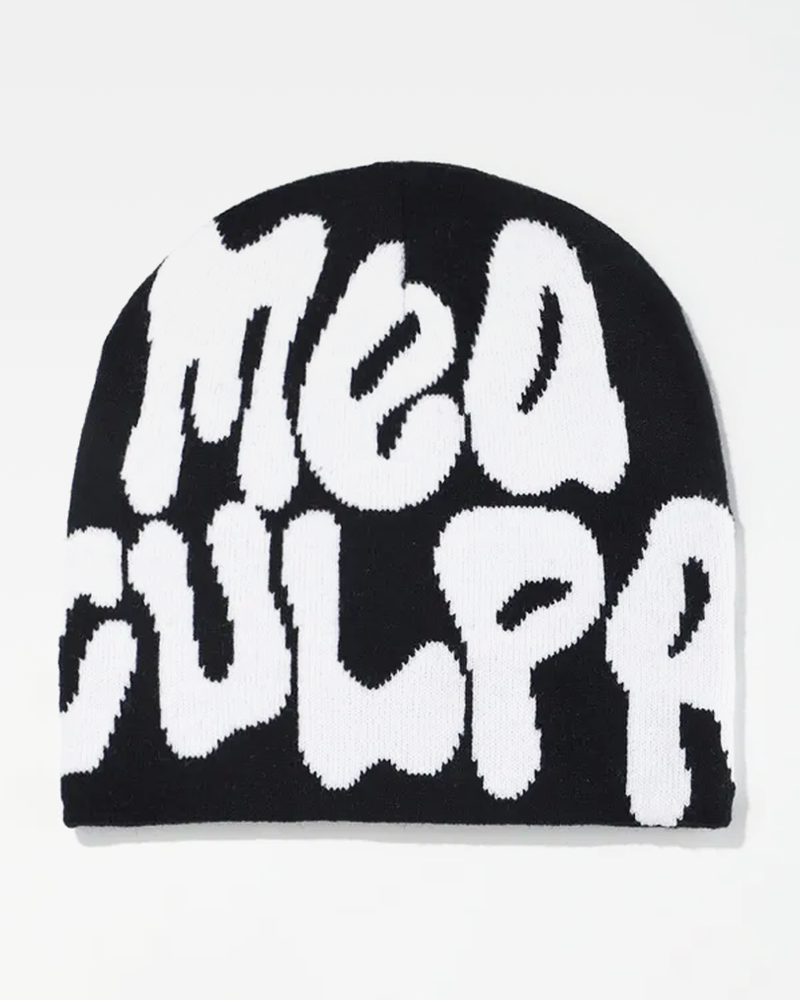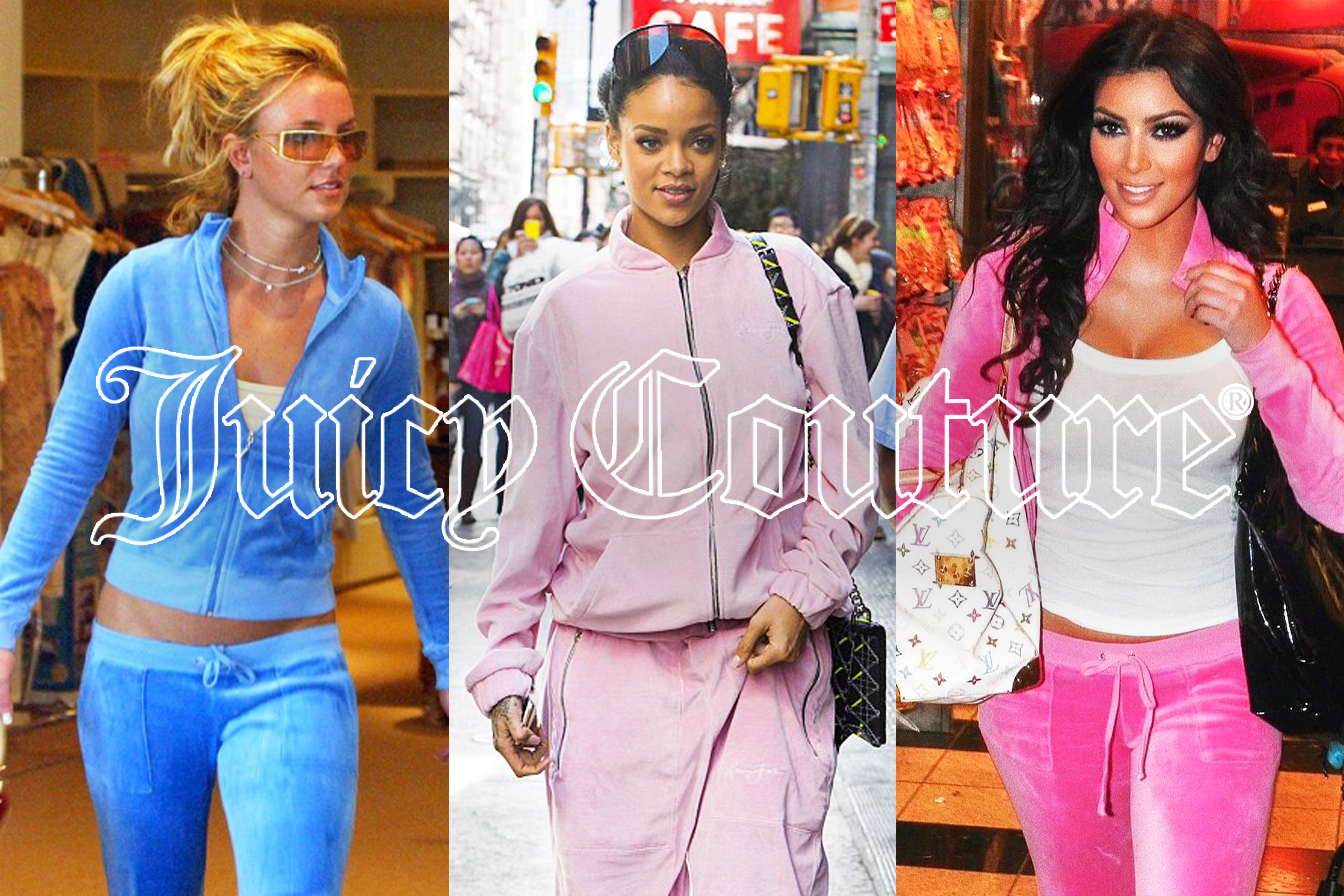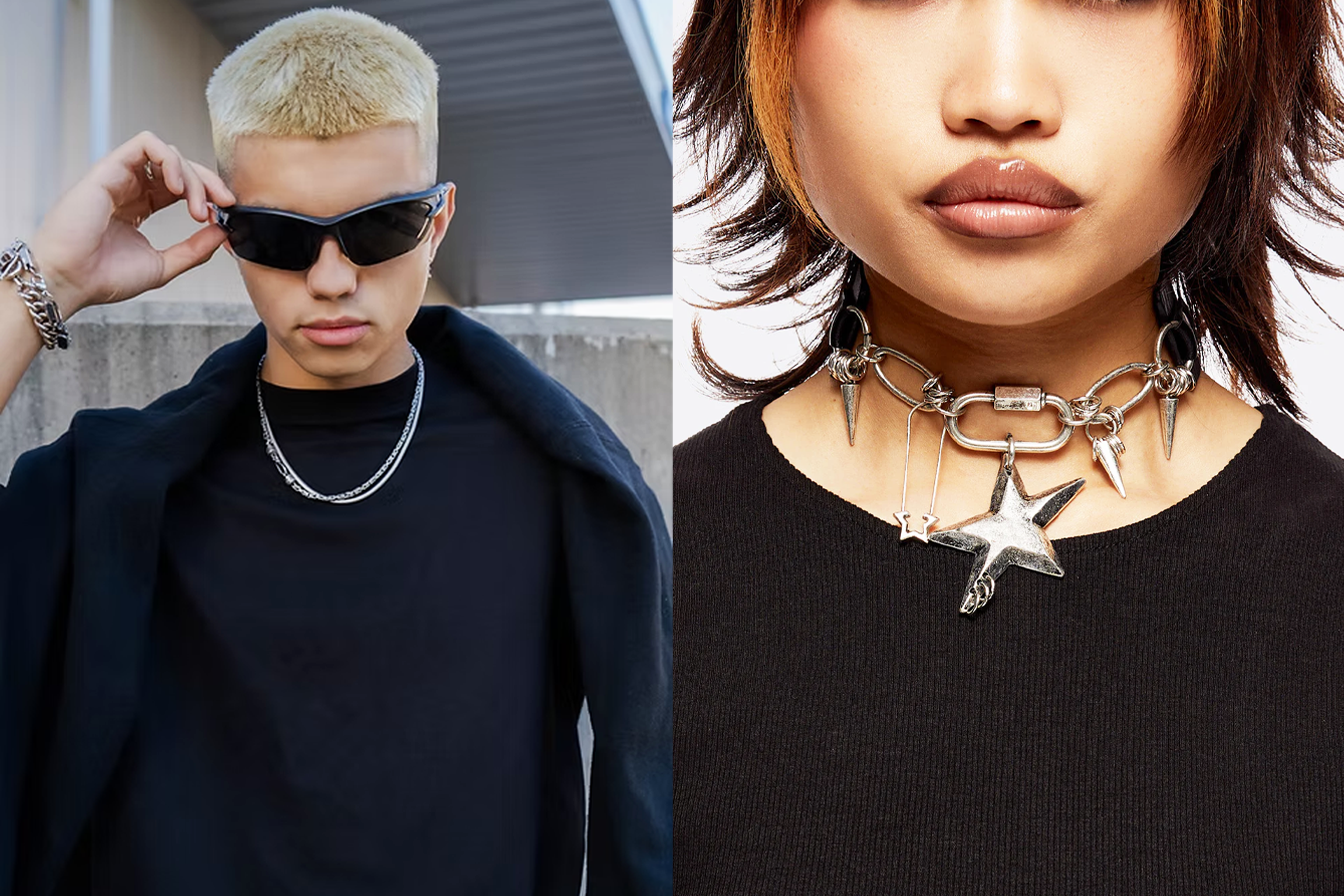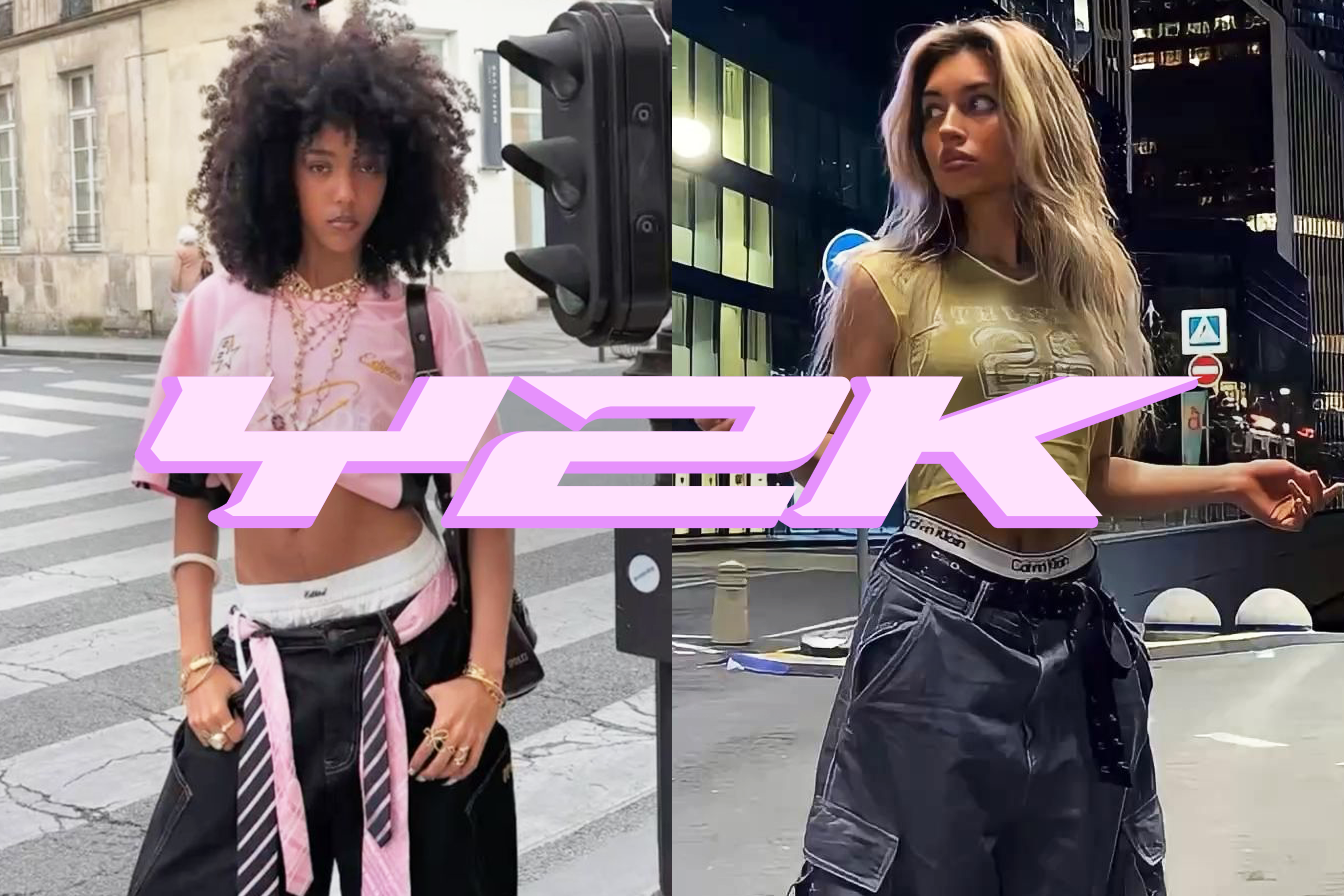In the early 2000s, no brand defined celebrity culture quite like Juicy Couture. Its velour tracksuits - colorful, rhinestone-studded, and unapologetically loud - became a uniform for Hollywood's elite. Paparazzi photos of Paris Hilton stepping out of a pink Bentley, Britney Spears grabbing Starbucks in rhinestone-embroidered pants, and Kim Kardashian shopping on Robertson Boulevard all carried the same signature: "Juicy" written across the back.
For a moment, Juicy Couture wasn't just clothing. It was a cultural phenomenon that blurred the line between fashion, celebrity, and lifestyle. But like so many Y2K icons, its reign was short-lived. Oversaturation, changing tastes, and fast fashion buried the brand by the late 2000s. Yet in 2025, velour hasn't disappeared - it lingers in thrift stores, resurfaces in Gen Z wardrobes, and still haunts the fashion industry as both a joke and a nostalgic dream.
This is the story of Juicy Couture: its rise, its fall, and its surprising afterlife.
The Birth of a Velour Empire
Juicy Couture began not with celebrities, but with two women in Los Angeles: Pamela Skaist-Levy and Gela Nash-Taylor. Founded in 1997, the brand's original focus was casualwear with a playful twist. But in 2001, they struck gold: a fitted, colorful velour tracksuit that perfectly captured the mood of the early 2000s.
It was casual yet luxurious, comfortable but undeniably bold. At a time when athleisure wasn't mainstream, Juicy made loungewear glamorous. Suddenly, what was once considered gym or home wear became red-carpet and paparazzi-ready.

The Celebrity Connection
What truly catapulted Juicy Couture into the stratosphere was its embrace by celebrities. At the height of tabloid culture, paparazzi followed stars everywhere - and more often than not, they were wearing Juicy tracksuits.
Paris Hilton was the brand's unofficial ambassador, photographed in candy-colored sets almost daily. Britney Spears, Jennifer Lopez, and Jessica Simpson all wore them religiously. Even Madonna and Gwen Stefani joined the Juicy craze.
The tracksuit was more than a garment; it was a status symbol. To wear Juicy was to signal that you were in on the lifestyle of luxury mixed with casual California cool.
The Aesthetic of Excess
Juicy Couture was never subtle. Tracksuits came in hot pink, lime green, and rhinestone-studded black. Pants spelled out "Juicy" across the backside in glittering letters. Hoodies had crowns, hearts, or Gothic lettering embroidered across the chest.
The boldness reflected the cultural moment. The early 2000s were defined by maximalism: oversized sunglasses, tiny handbags, low-rise jeans, and diamonds on flip phones. Juicy Couture leaned into this ethos completely, celebrating glamour and excess at a time when understatement was out of style.

From Cool to Cringe
But success came with a cost. By the mid-2000s, Juicy Couture was everywhere - in department stores, mall kiosks, and eventually discount racks. The once-exclusive tracksuit lost its mystique. What was once worn by A-list celebrities became associated with reality TV stars, suburban teens, and anyone chasing the lifestyle.
Critics began to sneer at the brand. The tracksuit, once aspirational, became a punchline - the symbol of tacky consumerism and the overexposed celebrity culture of the era. Fashion moved on, embracing sleeker silhouettes, minimalism, and indie aesthetics. Juicy Couture, with its rhinestones and velour, suddenly felt dated.
By 2014, Juicy Couture closed all its U.S. stores. The empire of velour had officially collapsed.
The Nostalgia Factor
And yet, Juicy Couture never fully disappeared. The tracksuits lingered in closets and thrift stores, waiting for their ironic rediscovery. In the 2010s, the brand was mocked as the epitome of Y2K kitsch. But by the 2020s, irony turned into genuine affection.
Gen Z, too young to wear Juicy the first time around, began hunting down vintage sets on Depop and Grailed. For them, Juicy wasn't embarrassing - it was camp, nostalgic, and oddly chic. Celebrities like Rihanna and Dua Lipa were spotted in Juicy tracksuits again, giving the brand a second life.

The Haunting Legacy
What makes Juicy Couture fascinating isn't just its revival, but its lingering cultural footprint. The brand became shorthand for an entire era: tabloid culture, paparazzi drama, and Hollywood excess. Mention "Juicy tracksuit," and people instantly imagine Paris Hilton in oversized sunglasses, Starbucks in hand.
Fashion houses have taken notice. Luxury brands like Balenciaga and Vetements have reinterpreted velour loungewear, while Juicy itself has tried collaborations and relaunches to recapture attention. But the truth is, Juicy's power lies not in reinvention but in its role as a cultural memory.
Why Velour Still Haunts Fashion
Velour tracksuits represent more than nostalgia - they symbolize the early 2000s obsession with visibility. In a time before Instagram, fashion was about being caught by paparazzi, looking glamorous even when casual. Juicy tracksuits were the ultimate tool: comfortable enough for errands, flashy enough for a tabloid cover.
In 2025, velour still haunts fashion because it embodies a contradiction that feels relevant again: the blending of luxury and casualwear, the idea that comfort can be glamorous. Whether worn sincerely or ironically, Juicy remains a touchstone for conversations about fashion, excess, and cultural memory.

Final Thoughts
The story of Juicy Couture is a story of fashion's cycles. From a Hollywood obsession to a cultural punchline, and now to a vintage treasure, the brand's velour empire has lived many lives.
Juicy may never reclaim its 2000s dominance, but it doesn't need to. Its tracksuits are part of the cultural archive, forever tied to the era of flip phones, rhinestones, and tabloid glamour. And in the closets of Gen Z thrifters and TikTok creators, Juicy lives on - both a ghost of the past and a reminder that fashion never truly dies.

